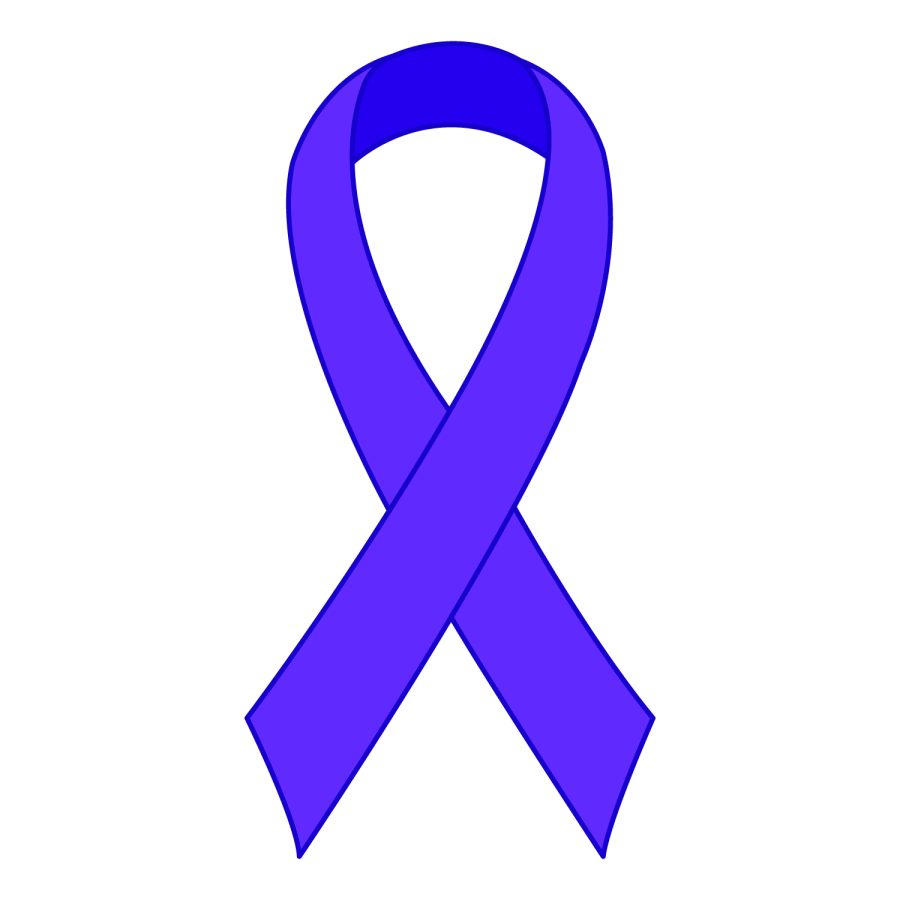Domestic Violence Roundtable
On Wednesday, Nov. 10, the Doyle Center hosted another roundtable discussion. The topic for this talk was domestic violence and how we can better educate ourselves about advocacy and awareness.
The discussion started off by asking those in attendance what types of domestic abuse there were, to gauge the overall knowledge of the group. Emotional, physical and psychological abuse are the main three topics that were talked about. The one that the media shows the most, whether it be in shows/movies or on the news, is physical abuse, the stuff one would see in crime scene photos, including bruises, broken bones and torn clothes.
The types of abuse that we normally don’t see or hear more about are emotional and psychological abuse that spouses, parents, siblings, friends and others use to control their victims. Victims: that is exactly what they are. They aren’t disgruntled friends or employees just trying to get their way, like so many fictional media portray.
One of the most important things brought up in the discussion was that of the personal experience with emotional and psychological abuse by narcissistic abusers. The use of “put-downs,” making someone feel as if they are doing everything wrong, or even telling them that they couldn’t do any better than the partner they’re with make the victim feel as if they don’t have anywhere else to go.
Over the past year, the COVID-19 pandemic has caused a lot of changes on both a large scale and in every household. “Extra stress in the COVID-19 pandemic caused by income loss and lack of ability to pay for housing and food has exacerbated the often-silent epidemic of intimate partner violence,” University of California, Davis, stated in a recent study. The change from leaving one’s house and going to work an average of 40 hours a week to being cooped up in one’s home has caused some new stress to come to the forefront of relationships.
Another attendee, Sam Lopez, brought up her idea of the three A’s: awareness, action and advocacy. This started further discussion on how people can learn to notice the signs of abuse and become more involved in advocacy. It also brought up the fact that cis-gendered women aren’t the only victims of domestic violence. Men, transmen, transwomen and other members of the LGBTQ+ community are all victims of different forms of domestic abuse.
The talk of advocacy was interesting because it was hard for people to come up with ideas that would bring change faster. The main idea for advocacy related to the education system. If we, as a society, include domestic violence awareness and advocacy in our school system, we could help lessen the possibility of abusers in future generations. We as people need to educate ourselves to advocate for those who can’t protect themselves.




